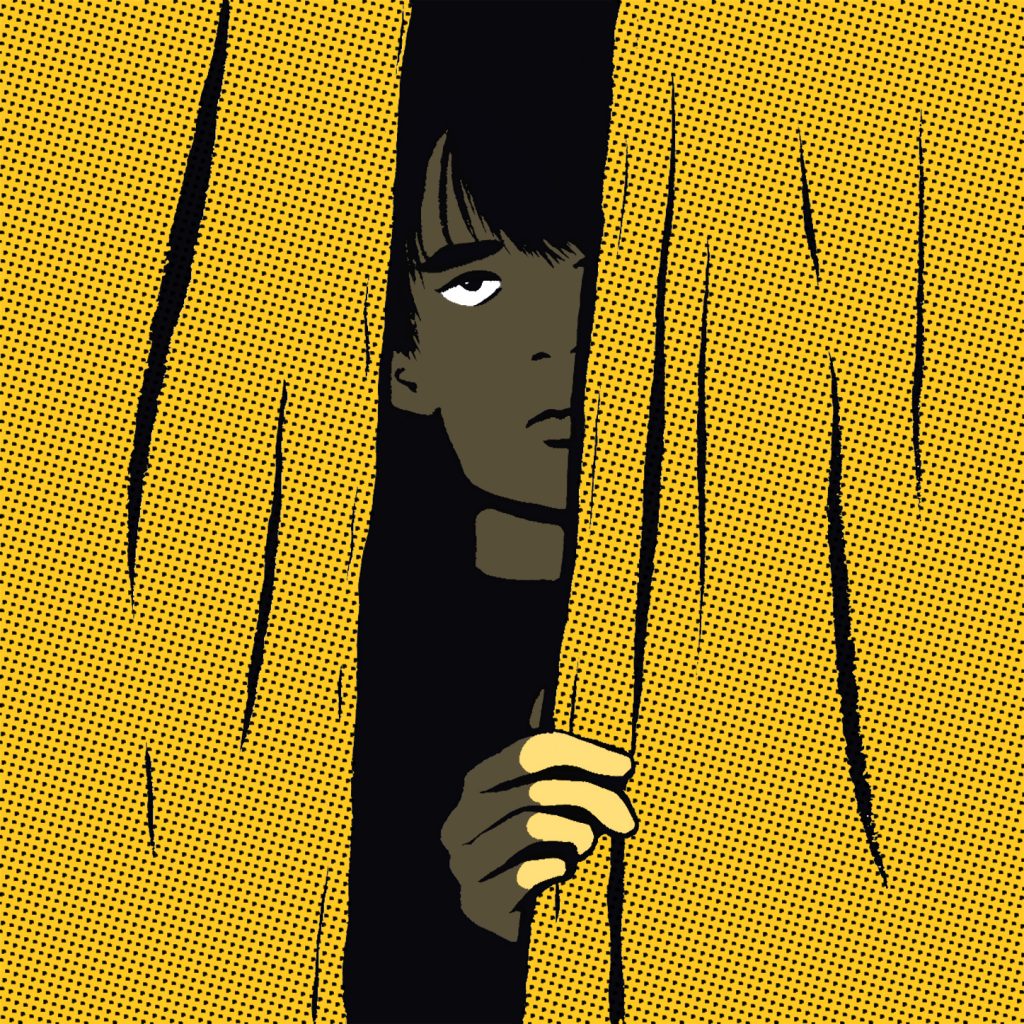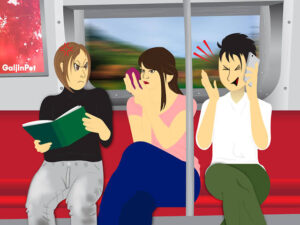What does Hikikomori means ?

A hikikomori is defined by the Health, Labor and Welfare Ministry as someone who has remained isolated at home for at least six consecutive months without going to school or work, and rarely interacts with people from outside their own immediate family.
The term was coined by psychiatrist Tamaki Saito in the late 1990s to describe young people who had withdrawn from society, and a series of violent incidents involving social recluses soon after helped shape the public’s image of them as dangerous sociopaths.
In January 2000, a loner in Niigata Prefecture was arrested after it was discovered that he had kidnapped a 9-year-old girl and kept her hostage in his room for more than nine years.
Four months later, a 17-year-old from Saga Prefecture hijacked a bus, killing one passenger with a kitchen knife and injuring another two.
In recent years, however, a different picture has emerged.
In December 2018, the Cabinet Office undertook a first-ever survey of people aged between 40 and 64, and the results, published in March, revealed that around 613,000 people of that age group in Japan are believed to be hikikomori. That surpasses the estimated 541,000 people aged between 15 and 39 that a 2015 Cabinet Office survey found to be hikikomori.
The latest survey showed that 76.6 percent of recluses between the ages of 40 and 64 are men.
“The structure of Japanese society makes it difficult for people to get back on the rails once they have come off them,” says journalist Masaki Ikegami, who has written about hikikomori issues for more than 20 years. “I think the majority of hikikomori are people who have had difficulty in their working life and have been scarred by their human relationships there.
“Other cases might be people who have had bad experiences at school, or who have been through disasters or accidents or illnesses,” he says. “Or people who might have quit their jobs to look after elderly parents and have never gone back. There are many different reasons, and it can happen to anyone at any age.”
“I would read books or just sleep but it wasn’t fun,” he says. “I would feel anxious, but I hated the thought of going back into society and working again. I wanted to avoid having another painful experience, so although I didn’t like being in the house, it was better than working.
“If you ask why I didn’t start looking for a new job straight away, it’s because I thought I was going to fail again. I thought that, no matter how hard I tried, things would just turn out the same way. I would become depressed and not be able to move.”
Feelings of failure and shame are common among hikikomori of all ages.
Source & Details:
Leave a Reply to IndoJapanPulse
Please look at footer of website for Disclaimer and Privacy Policy.




